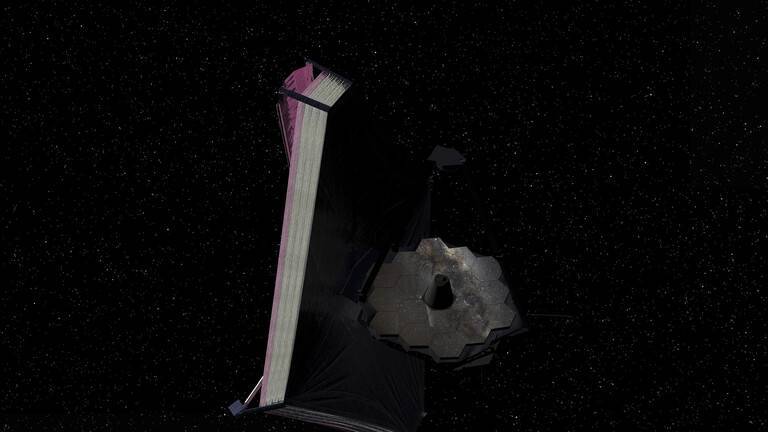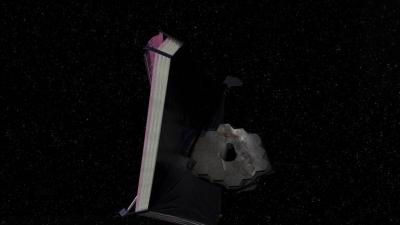The James Webb Space Telescope (JWST) has captured an unusual image of a spiral galaxy that resembles a terrifying whirlpool straight from a "Marvel" movie, rather than a familiar spiral galaxy seen through visible telescopes. The image showcases the dusty structure of the distant galaxy NGC 628, which may help reveal important clues about how dust behaves in galaxies. Gabriel Brammer, an astronomer at the Cosmic Dawn Center at the Niels Bohr Institute at the University of Copenhagen, who shared the image on Twitter on Monday, stated, "This galaxy may look very much like what we think our Milky Way looks like. You can see all these star clusters forming, individual supernovae that have exploded, and really study that in detail."
The spiral arms of NGC 628 have been photographed before, but images of the galaxy taken in visible light by the Hubble Space Telescope do not resemble the purple spiral structure seen in the new mid-infrared image from James Webb. Dr. Brammer added, "When you look at this galaxy with Hubble or ground-based telescopes, you see blue stars, red stars, spiral arms, and dust lanes." He pointed out that in those dust lanes, the reddish-brown threads in the spiral arms tend to obscure the stars in the visible images captured by James Webb and other telescopes.
Dr. Brammer explained, "In the mid-infrared, what you actually see is somewhat the opposite, where this dust is no longer absorbing, we are actually directly observing that the dust itself is glowing now because the dust itself is emitting. We actually see an image of the gas and dust in this galaxy instead of the stars." The image is actually a composite of three sets of data at different wavelengths captured by James Webb's mid-infrared instrument. Brammer downloaded the data and translated each infrared wavelength into red, green, and blue before merging them to produce a single image.
The distinctive purple appearance of Brammer's image is due to the unique chemical composition of the dust clouds in NGC 628, which are primarily made up of large molecules called polycyclic aromatic hydrocarbons, according to Michael Merivale from the University of Nottingham in the UK. These molecules emit only specific wavelengths of light; thus, when Brammer mapped the three wavelengths to red, green, and blue, there was very little green. When combining the remaining red and blue emissions, the resulting color is a purple that leans towards pink.
James Webb captured the image of NGC 628 on July 17 and sent it back to Earth, where it was recorded in the Barbara Mikulski Archive for Space Telescopes (MAST), making the data available to anyone, including the public. The James Webb Telescope has been making headlines in recent days after NASA revealed the first five full-color images it captured on July 12, and the telescope has not stopped working since, continuing to capture images and place them in the Barbara Mikulski Archive for Space Telescopes, according to Dr. Brammer.




